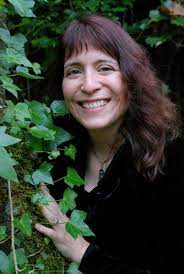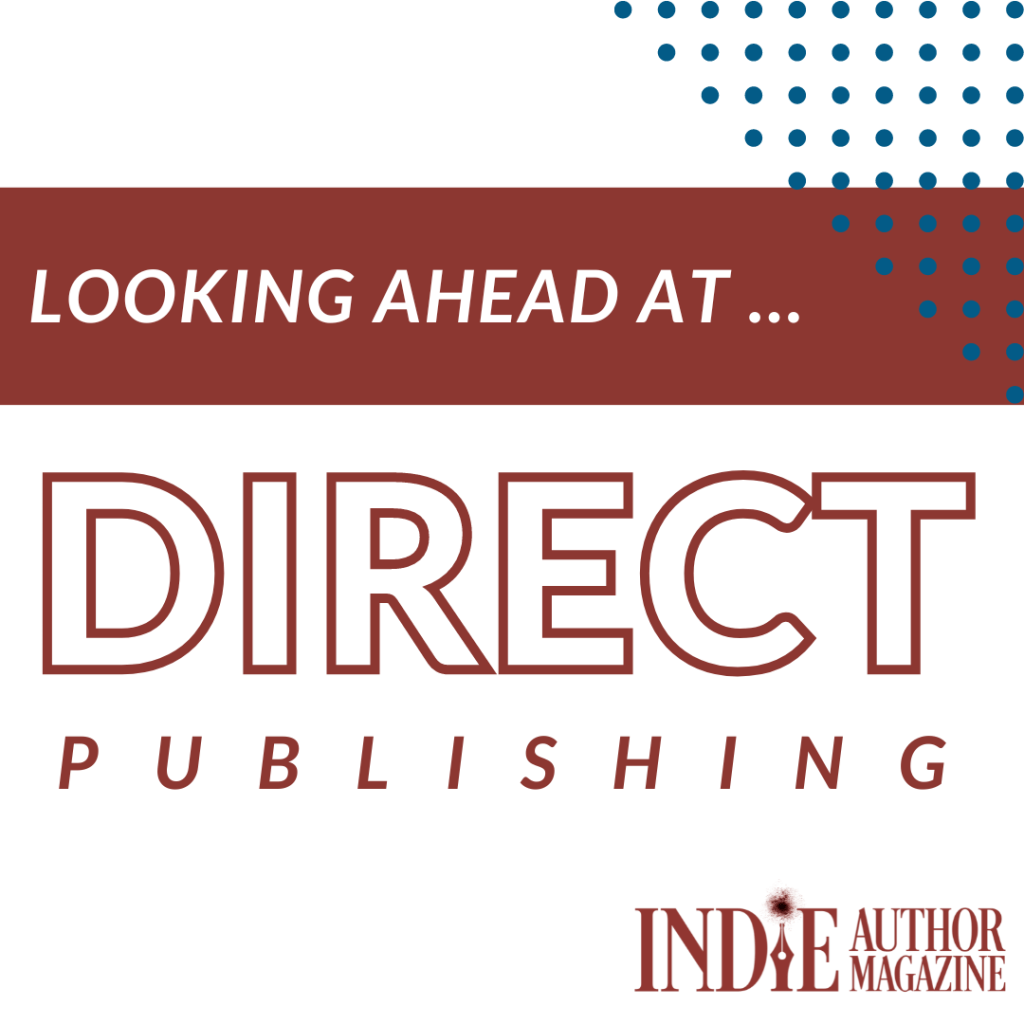When Fantasy author Brandon Sanderson smashed Kickstarter records in March 2022—earning more than $41 million over the course of his campaign, almost half of that in the first seventy-two hours—he sparked a shift in the indie author world.
Sanderson was not the first to discover the potential for crowdfunding as part of an author’s launch strategy. But beyond opening the wider public’s eyes to the support that exists behind independent publishing endeavors, his campaign also shined a spotlight for indie authors on the possible benefits of selling directly to readers.
“Direct publishing gets back to the core of indie publishing: taking the fate of you and your story babies into your own hands,” writes author Paddy Finn. Selling directly to readers requires authors maintain their own sales channels, on their websites, through crowdfunding campaigns, or at events. Often, those who host their own sales channels also have books available through distributors like Amazon, Barnes & Noble, and the like. But these direct outlets offer authors a faster, more intimate way to approach readers and connect with those buying their books. Because they control the sales, authors also have access to more detailed sales data. And direct sales typically result in greater profits—in a March 2023 example from Written Word Media, a direct sale of a three hundred-page, 5 × 8 inch paperback would earn the author 49 percent more than a sale on Amazon of the same title for the same price.
Selling direct isn’t without its challenges—as Finn writes, “It requires an investment of time and/or money” on the part of the author. But the freedom and flexibility it can offer individual creators, writes author Oriana Leckert, is one many will likely consider worth the cost in years to come.
“I think we’re in a thrilling moment of creative autonomy, where authors and content creators of all kinds are seizing control of every aspect of their work, from writing what they want, to building the audience they want, to producing, marketing, and distributing books in precisely the ways they want to do so,” she writes. “Authors have more avenues than ever to bring their books into the world, which I believe can only enhance the quality, quantity, and variety of creative work all across the industry.”
Finn agrees. “Direct sales is a natural evolution in the industry lifecycle,” he writes, “especially an industry built on a foundation of people who stuck it to the man. For many, direct sales is still an unknown, but that’s what makes it so beautiful! It’s like tapping into another gold vein very few have discovered … [and] those who brave the risks and stick with the process will reap the rewards of another indie publishing gold rush.”























